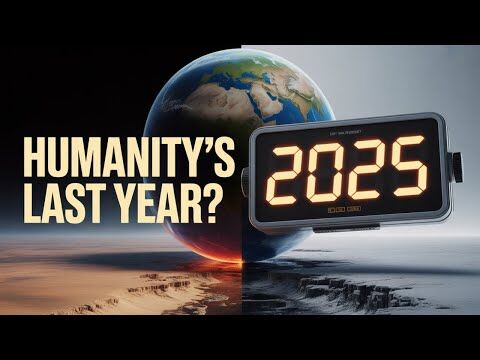Recently, while I was driving downtown in the city where I live, I encountered what has become a new norm for our society. I saw a group of young people standing on the side of the road each holding their phones up in the air while trying to capture the perfect selfie. It was clear by the fact they were all wearing T-shirts with the same logo on the front that they were all together as a group, yet they were not taking group photographs; they were each taking an individual picture. I watched, intrigued by the phenomenon, as they walked a little further up the sidewalk, stood in front of another landmark, stopped as if they were a herd, and then each stretched their arms up once again and snapped another picture.
The light soon changed and I drove on down the road thinking about the humor I found in this drive among people to capture photos of themselves. We have gone from a people who could not walk past a mirror of plate glass windows without stopping, or at least glancing sideways to make sure we looked OK, to a society that stops every few steps on a sidewalk to take another photo of ourselves.
As I continued to ponder the scene I had just witnessed, I began to think to myself wondering if humans have
The symbolism brought forth in these sermons always seemed to make perfect sense. After all, when someone comes to faith in Yeshua (Jesus) as the Messiah, the result is a humbling experience, and we are brought to a place where we see ourselves as sinners in need of redemption and our hearts cry out to be washed clean.
This year however, because of my experience watching those young people and their camera phones, I began to reread the text of Exodus 38:8,
“He made the basin of bronze with its base of bronze from the mirrors of the women who served at the entrance of the tent of meeting.”
As I did, I noticed something unique about the word translated “mirrors.” The word in Hebrew is bemarot (be-mah-roat),
This made we wonder if our understanding of the purpose of these mirrors had not been misapplied and if, in our efforts to find a spiritual application for a physical event, we didn’t miss an even more powerful spiritual application. What if the use of this particular word in this passage to describe the mirrors was meant to express a completely different yet overwhelmingly powerful message? What if that message was missed by many because of our predisposition to see mirrors only as something to see what is in front of them? What if the actual message of the mirrors is not in the image they show us when we view them, but rather in the vision that they are supposed to cast? What if the purpose of the mirrors on the base of the brazen laver was not so the children of Israel could see exactly what they were, sin and all, but instead the mirrors were there so they could see through the lens of supernatural eyes, how G-D sees them? What if the mirrors were not there to show them their sins? What if they were there to give them a view of G-D’s completed work of restoration and redemption? Remember, every other time this word is used in the Bible it is used to describe a vision of the future.
What if G-D is trying to show us that while we seem more concerned with what we look like today, He desires that we see what we look like to Him in our completed future? {eoa}
Eric Tokajer is executive director of The Messianic Times and author of With Me in Paradise, Transient Singularity and OY! How Did I Get Here?: Thirty-One Things I Wish Someone Had Told Me Before Entering Ministry.































































